Update 10/7/2022: Our original article reported on several assertions made by an anonymous whistleblower that concern alleged inappropriate and potentially illegal actions undertaken by Ms. Vandenberg. Ms. Vandenberg was not contacted by Jennifer Van Laar for comment or background prior to the publication of the article, and she has vehemently denied each of the whistleblower’s allegations. After thoroughly investigating the assertions presented, Salem Media Group clarifies that it has not been able to corroborate all of the whistleblower’s statements. Salem Media Group has therefore chosen to retract the whistleblower’s assertions against Ms. Vandenberg, and this article has been edited to remove those allegations. The Recall Committee and Ms. Vandenberg also deny all other allegations in the article.
If anyone was ever a ripe target for a recall, it was Los Angeles County DA George Gascón. He’s unapologetically implemented terrible “criminals first” policies resulting in death and destruction in Los Angeles, has called parents of crime victims “not very bright” if they don’t agree with his policies, and has become a folk hero to hardened criminals.
And after San Franciscans got a recall against Chesa Boudin on the ballot then booted him in a historic election, there was no doubt in the mind of Angelenos that the Gascón’s days were numbered. Recall organizers were touting the progress of signature gathering and telling donors, “As long as we have the money, this will qualify for the ballot.” And donors responded – as of June 30, just five months after the current effort began, donors contributed more than $8 million. On July 6, the community celebrated as it was announced that more than 717,000 signatures had been delivered to LA County Registrar-Recorder/County Clerk (RRCC) Dean Logan for validation.
The community’s hopes were dashed on August 15 when it was announced that the petition had failed in a spectacular fashion. Out of the 715,000 signatures submitted by Logan’s count, more than 195,000 had been deemed invalid.
What happened?
For once, despite the rhetoric being hurled, it’s not Logan’s fault. The bottom line, according to witnesses, whistle-blowers, and documents reviewed by RedState:
The Recall George Gascón effort failed because the committee’s purse strings were controlled by political consultants who were being paid by the campaign, and who contracted with vendors on the basis of cronyism or financial gain instead of competency. Despite the vast sums of money raised and spent, the quality of the signatures submitted to LA County was “embarrassingly incompetent,” in the words of one former professional who viewed some of the materials provided to RedState.
In addition, campaign insiders say a duplicate check was not performed prior to submitting petitions to the county, and that the numbers provided to the press and donors included these signatures that organizers knew would be disqualified.
Let’s dig deeper.
The Mission and Procedure
Recall proponents, represented by the Committee to Support the Recall of George Gascón, had 160 days to collect 566,857 valid signatures on the recall petition in order to qualify a recall election for the ballot. A valid signature is the signature of a person who is registered to vote in Los Angeles County, and whose address and signature as written on the petition — in their own handwriting — matches the voter file. Experts in the field generally agree that 25 to 30 percent more signatures than necessary should be submitted to account for signatures that are disqualified.
For the Gascón recall, 715,833 signatures were submitted. California’s recall law required election officials to inspect a random sample of five percent of the signatures submitted, or 35,793 signatures. If more than 31,179 of those signatures were validated, then the recall would automatically qualify for the ballot. If less than 25,510 were validated, the recall would automatically fail. Logan’s office validated 27,983 signatures from that random sample.
The next step, based on that result, was to inspect every signature individually to ensure that the signatory was a registered voter in Los Angeles County and that the address and signature matched what is on file. Based on that inspection, an even higher percentage of signatures were found to be invalid, and in the end, only 520,050 signatures were validated. 195,783 signatures were disqualified for the following reasons:
- 88,464 not registered voters
- 45,593 duplicates
- 32,187 different address
- 9,490 signature mismatch
- 5,374 out-of-county
- Canceled 7,344
- Other 9,331
Signature Pre-Validation
According to statements from recall spokespeople throughout the signature-gathering phase, the signatures were all being pre-screened to make sure that they got rid of duplicates and people who weren’t registered to vote, along with other deficiencies. Just by looking at the number of signatures disqualified for those two reasons, it’s apparent that either the pre-validation wasn’t done or that it wasn’t done well.
Sources with the campaign tell RedState that during the first three months of signature gathering petition forms were delivered weekly to C3 Public Strategies, a firm in Newport Beach, for validation. At some point between mid-May and early June C3’s contract was terminated and the committee contracted with Allied Data, a firm in Colorado. The petition forms were scanned and reviewed electronically by Allied Data, ostensibly to weed out people who weren’t registered to vote, duplicates, address mismatches, out-of-county signatures, illegible signatures, and signature mismatches.
To say that this task was done poorly is a misstatement. RedState reviewed photographs of petitions that were turned in to Logan’s office and observed signatures of people living in Calexico, Oakhurst, Mendocino, Madera, Berkeley, Tehachapi, Del Mar, and even Pryor, Oklahoma being submitted and counted as having been pre-screened by the campaign.
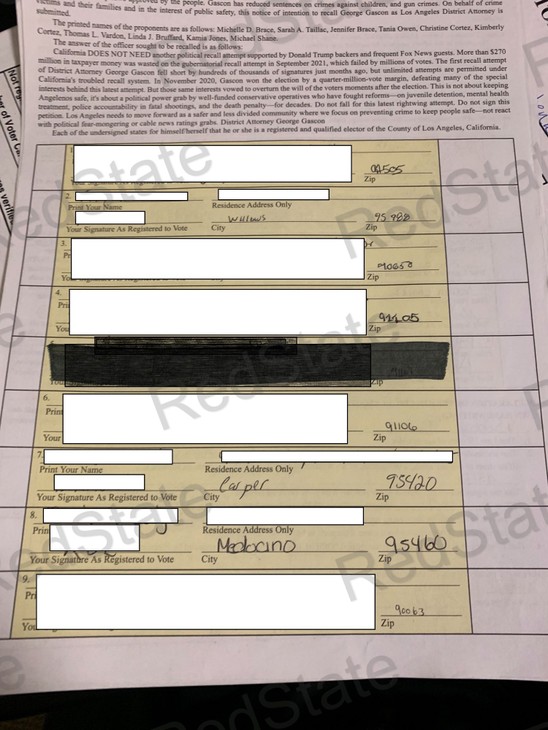

(The blacked-out lines represent inadequate signatures caught in the pre-validation process. Redactions in white are the signature lines that were submitted to the RCCC, but in which personal information was redacted by RedState.)
Falsified Attestations
Another facet of the petition that was supposed to be pre-screened is the attestation. Every sheet of signatures must be attested to by the person (circulator) who gathered the signatures, and this must be done in their own handwriting. If the attestation is not filled out or is filled out incorrectly, the entire page of signatures will be disqualified by the registrar, so it’s a very important part of the process.
Based on documents reviewed by RedState and witness interviews, a large number of paid circulators did not complete the attestations properly and that failure wasn’t caught by the signature gathering firm, or by C3, or by Allied Data, or the committee, until the last week or so before the petitions were to be turned in on July 6.
Incompetent Paid Signature Gatherers
Signature gathering firm Let the Voters Decide isn’t off the hook here, either. There is litigation pending between the Gascón recall committee and LTVD, so I won’t rehash all of that here. While it seems that the lawsuit is about monies owed, with other background information it’s clear that a good portion of it is about who’s going to take the fall for the inevitable failure of the petition due to invalid signatures. LTVD says they didn’t do any verification because they knew that C3 and then Allied Data were validating and that they had access to Allied Data’s database as signatures were “validated.”
However, since we’ve already established that some petition forms from April and May weren’t finally vetted until late June or early July, it’s clear that LTVD staff wasn’t even ensuring that their gatherers were correctly completing the attestations – the bare minimum of professionalism. This photo of petitions as they were about to be submitted demonstrates the lack of quality of the signatures gathered by this firm.
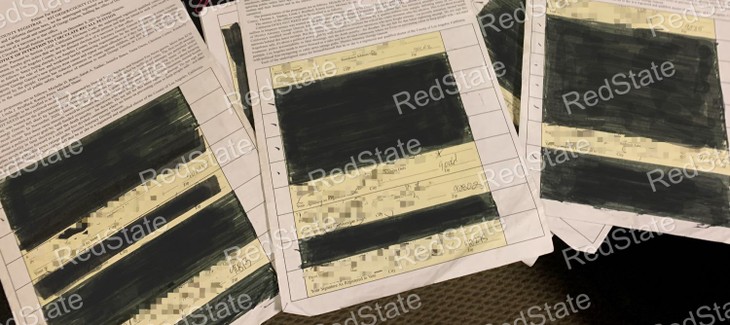
(The blacked-out lines represent inadequate signatures caught in the pre-validation process. Blurred areas are the signature lines that were submitted to the RCCC, but in which personal information was redacted by RedState.)
One contention made by LTVD in the lawsuit is that the recall committee was unwilling to pay the market rate per signature, making it difficult for them to find a sufficient number of gatherers. However, screenshots from a private Facebook group administered by Mark Jacoby, owner of LTVD, show that he actively encouraged gatherers to leave California for Michigan, saying, “Michigan is where it’s at,” and, “It’s up to you to prove that when we get paid correctly and we’re able to make a fair living wage to support us and our families, we can get anything done!!! Then if a campaign is not willing to do that, they won’t get on the ballot!”

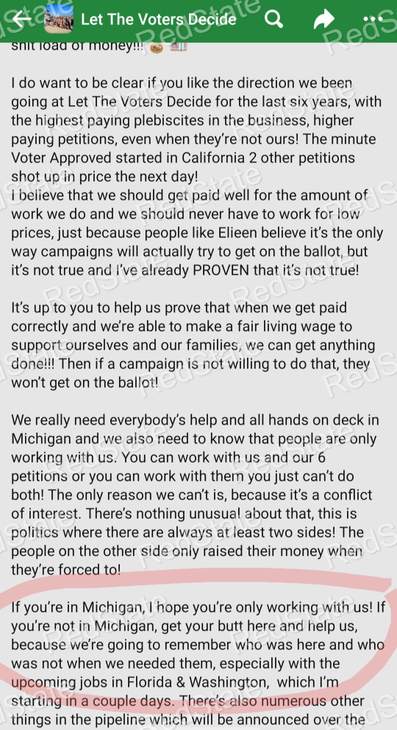
In addition, several LA County residents noted the unprofessionalism exhibited by paid signature gatherers for the effort – including badgering people who already signed to sign again. Here’s one example:
The police were called on them. A report was taken because they were harassing the shoppers at Marshall’s and fighting with the manager.They were using the F bomb a lot on people that would not sign. I did not sign because I already had. She told me I could sign again. I said no.
— Ms. Redbarn (@MsRedbarn) August 17, 2022
LTVD was paid at least $3.2 million during the campaign, and it’s apparent that a chunk of those monies was paid for extremely shoddy work while Jacoby himself was in Cancun and the Bahamas, according to his travel blog.
Mid-Campaign Signature Counts Wildly Inflated
Based upon documentation reviewed by RedState, campaign committee representatives wildly inflated the number of signatures collected at various points in the campaign, as a way of inducing donors to continue to open their wallets. Now, it’s no secret that most campaigns engage in some form of number padding, but this amount of padding combined with the committee’s assurances that these numbers represented pre-verified signatures gave donors and volunteers a false sense of the status of the campaign.
For example, on May 4 the campaign reported having over 400,000 signatures, and on June 1 reported having more than 500,000. On June 15 Steve Cooley, former LA County District Attorney and committee co-chair, announced that the group had met the minimum threshold of 566,857 signatures. However, an internal count on June 26 – which included signatures gathered from all sources – showed that there were 514,804 “verified” signatures, in total.
On July 2, just four days before the petitions were due, the internal count showed only 644,036 “verified” signatures, just over 50,000 duplicate signatures, and 141,027 signatures from non-voters.
Both internal counts showed validity rates of around 75 percent, while on volunteer calls campaign organizers routinely stated that 80 to 85 percent of the signatures gathered were valid.
Given that the final count from the county showed lower numbers of duplicates and non-voters, it’s clear that the committee did black out some of the invalid signatures, but not all of them. This is confirmed by sources within the counting operation, who say they were told during the 4th of July weekend to stop marking out the out-of-county signatures, “because we need the numbers.” They were even told to submit this petition that was mailed into the office, with only one signature, showing the voter’s address as being in Del Mar, which is in San Diego County (and hardly an obscure town), because even though it was out-of-county, “it does something to help the formula for the random sample.”
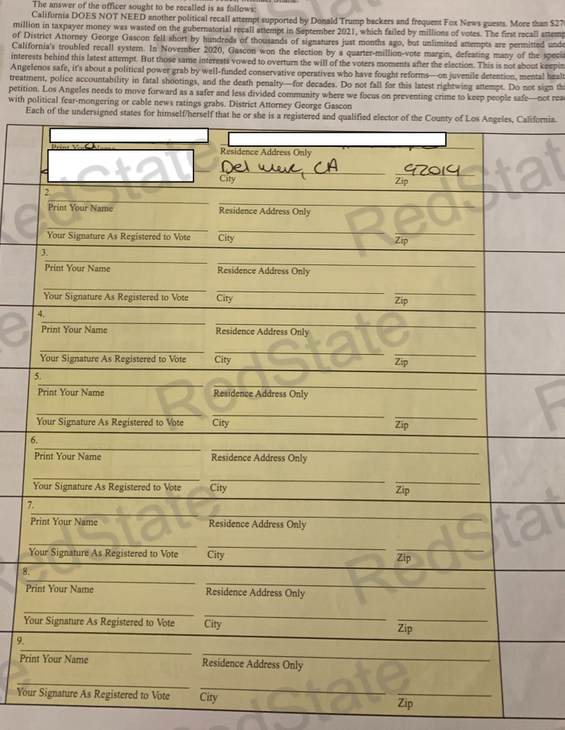
It’s unclear exactly what the campaign official meant by that reference, but one interpretation would be that the committee’s hope was that they’d get lucky in the random sample validation phase and that the random sample would contain a much higher percentage of valid signatures than the petition as a whole. While the random sample valid percentage did end up being markedly higher than the petition as a whole, it wasn’t high enough to make the individual count unnecessary.
Inadequate Number of Signatures Submitted
While committee representatives such as Co-Chair Steve Cooley bragged that they were going to have a more-than-adequate cushion to survive even a large number of signatures being disqualified. However, weeks before the petition was turned in, Politico’s California Playbook noted that the campaign’s goal was still a risky proposition, requiring an “extraordinary” validation rate. On June 16 they wrote:
The Gascón recall campaign announced yesterday they’d surpassed the 566,857 signatures needed to trigger an election. But since many are bound to be rejected, they’ll need a cushion to ensure they have enough valid backers by July 6. Let’s say their validity rate is a robust 75 percent. That would require getting around 190,000 more signatures in three weeks — a challenging task with the most fervent backers already in the fold (the campaign is seeking up to 700,000, which would require an extraordinary 80 percent rate). This is where the money can make a difference. The principal recall committee reported having $1.5 million on hand at the end of March, the most recent period for which there’s a filing, and the LATimes’ Seema Mehta observed the campaign is paying a handsome $8 per signature.
Knowing that they were having issues with accurate pre-validation, Vandenberg and her advisers were obligated to push for far more than 700,000 – far more than 717,000, even – signatures.
Up to 60,000 Signatures Not Pre-Verified on Last Day
On July 6, the day the petitions were turned in, the 10 AM count announced at headquarters was 656,000. Within a few hours, LTVD delivered tens of thousands of signatures to the office. Some witnesses say 60,000 signatures were delivered, while others believe the total was closer to 30,000. Why such a last-minute rush? Sources say that there were continual financial discussions between LTVD and Vandenberg and that Vandenberg announced to the office over the 4th of July weekend that she had to raise more than $700,000 that weekend. She didn’t say why, but some speculated that it was to pay LTVD so the signatures they had would be delivered. Campaign insiders say that not only did Vandenberg meet that goal; she doubled it. Those financial reports will not be available until after September 30, unless the committee voluntarily provides them.
A Campaign of Distraction
After Logan announced that every signature would have to be individually validated, the recall committee went into overdrive on a campaign of distraction. Cooley wrote a long letter to the LA County Board of Supervisors claiming that Logan’s office was using “outdated” signature validation methods and that they were being unfairly blocked from observing the “count.” Cooley’s talking points were repeated by most outlets, including RedState, but ultimately they don’t hold water.
Cooley and the committee are correct that the guidelines for signature validation for vote-by-mail ballots were incredibly loosened in 2020. He then argued that Logan was using very strict guidelines for signature matching during petition validation, but information recently provided by the RRCC shows a very permissive standard for signature matching. Even so, only 1.26% of the signatures submitted were rejected because the signatures didn’t match.
As far as the refusal to have “observers” watch the validation process, there’s nothing in California’s recall procedures that requires a county registrar or the Secretary of State to allow observers to observe the validation process. There was no denial of rights. Logan is required to notify the recall proponents that the petition was not sufficient, and the “proponents have the right to examine those signatures found to be invalid and the reasons therefore. ‘Proponents’ are those individuals listed on the Notice of Intention or a person authorized in writing by the proponent. Any such examination shall begin within 21 days following a certification of insufficiency (E.C. §11301).”
In a statement released on August 15, the Committee said:
“While the initial results are surprising and disappointing, the Recall Committee intends to exercise its full statutory and legal authority to review the rejected signatures and verification process that took place, and will ultimately seek to ensure no voter was disenfranchised.”
According to sources, as of the close of business on August 17, Logan’s office has not provided the Committee with any guidance or a proposed procedure by which they can review the rejected signatures and the verification process that took place.
Ultimately, it’s the people of Los Angeles County who have already paid the price for George Gascon’s dereliction of duty and who, thanks to the actions of people who were more concerned with egos and money than getting the job done and doing the right thing, will continue to pay the price of having him in office for two more years.
Deputy District Attorney Jonathan Hatami, who worked shoulder-to-shoulder with victims of violent crime to ensure that the recall qualified, told RedState:
The failure of the recall was truly devastating to so many. There is a sense of hopelessness in Los Angeles County. The victims, their families, the volunteers, and the residents of LA County who worked so hard to bring justice to Los Angeles deserve to know the truth of why this recall failed. We want answers. We deserve answers. However, when all is said and done, I know for a fact the recall’s failure was not an approval of George’s radical and dangerous policies and directives. We all want and deserve public safety. And that is not a political issue or a ‘political power grab.’ It’s a human right we all share.
While George Gascón is taking a victory lap, mothers whose children were murdered, who spent hundreds of hours working to recall him, feel re-victimized by the loss, and the people of Los Angeles County can’t leave their homes without having their heads on a swivel.
(In Part 2, we will detail just where that $8 million raised by the Committee went.)
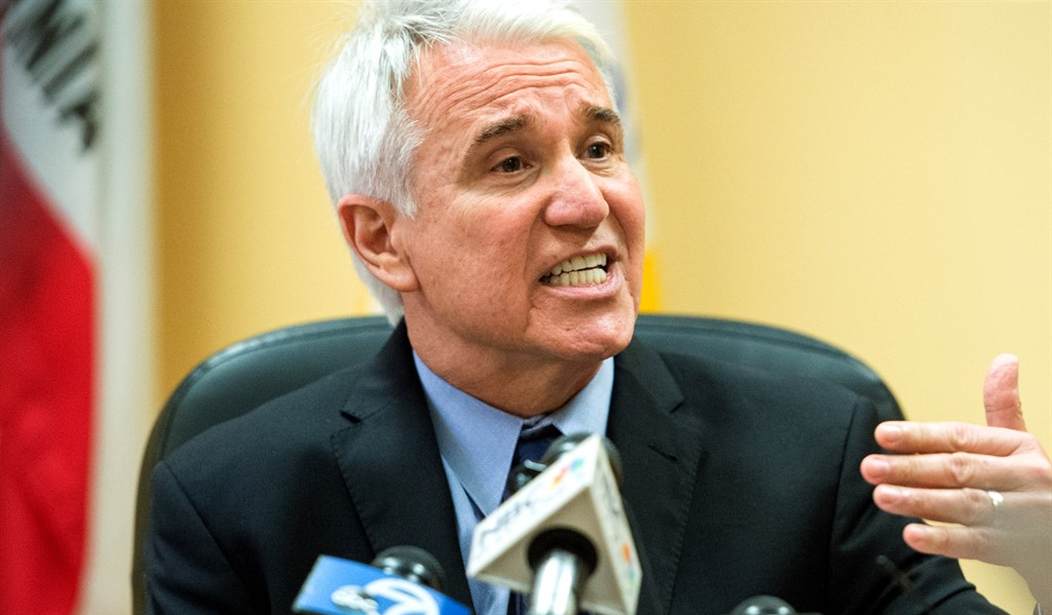



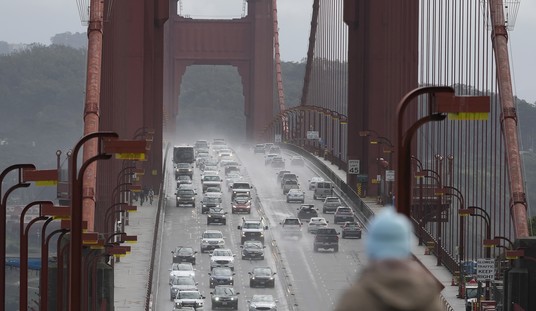

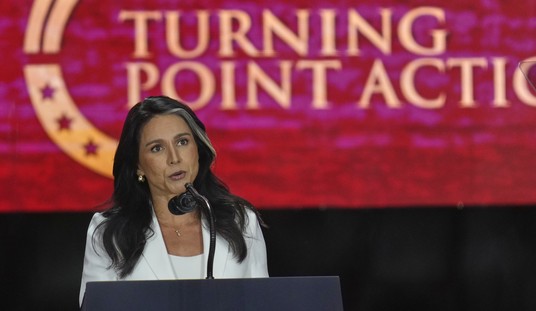
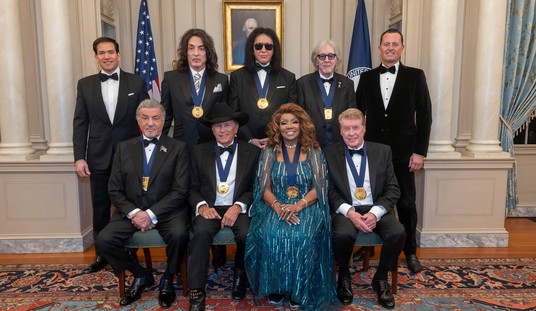


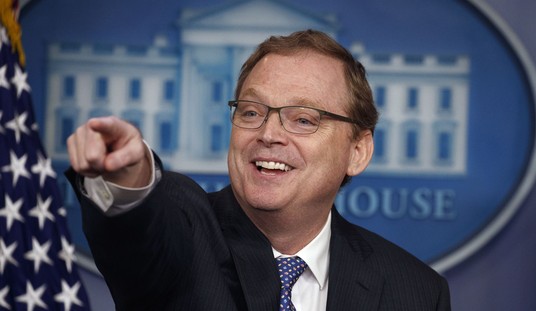


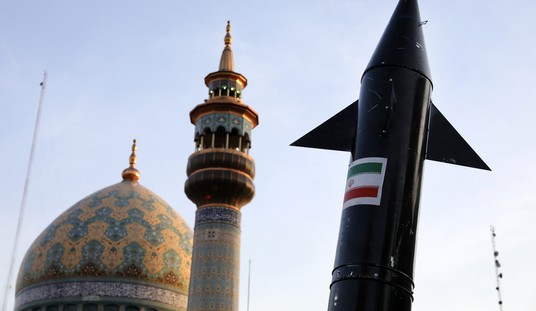
Join the conversation as a VIP Member